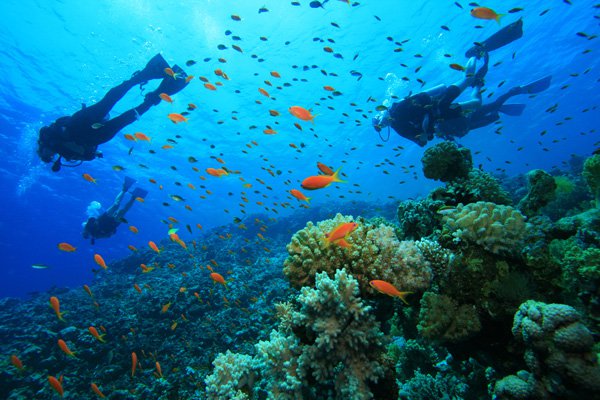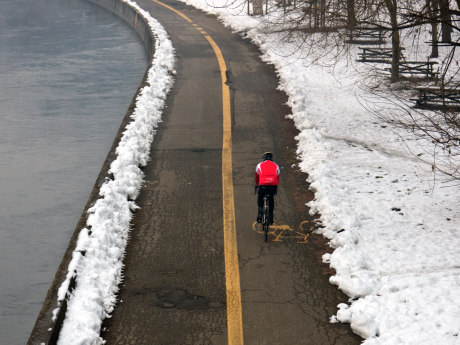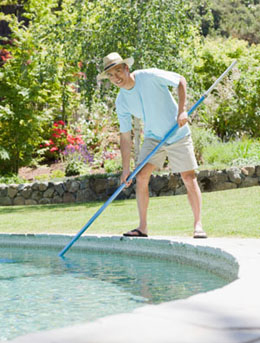The sport of skydiving has some pretty advanced equipment these days, but it wasn't always so. The sport began with skydiving pioneers using ex, or surplus military equipment. Parachute manufacturers did latch on to the new market but much of the development was done by their customers, whilst tiny companies, often just one man bands built packs and harnesses for sport jumpers. Discover some of the history here and a lot more in the book 'Of Land, Sea and Sky'. www.oflandseaandsky.com
After World War Two a skydiving club was established at Thruxton airfield near Andover in Hampshire, southern England. The British skydiving Club used old (even then) Jackaroo biplanes, ex military parachutes and the club members were pioneers who would go on to found other skydiving clubs, become National Coaches and so on.
Today we're quite familiar with square parachutes that glide and perform like a hang glider, indeed it's possible to strap an engine to someone's back with a propeller in a cage, attach a modern square parachute to their shoulders and hey presto they can fly. We're also accustomed to the idea of buddy jumps where a would-be skydiver, or someone who just wants a one off experience can be attached to the front of an experienced jumper and do a minute's free-fall from twelve thousand feet on their first jump, often their only jump for the 'I've done that' box ticking character.
The buddy jump is only possible because these days reserve parachutes are worn on the back as well as the main parachute, which has traditionally been worn there, this in turn is a result of parachutes getting smaller and lighter, making it possible for two to be worn mounted one above the other in a tandem rig as they were originally called. No need to differentiate today, all kit is like that.
Not so long ago all parachutes were round, heavy and bulky and reserve parachutes were worn on the front of the body. Strangely parachuting as a sport may even have peaked in the nineteen seventies, when this was still largely the case. In the early nineteen seventies the Parafoil square parachute became available and even triangular parachutes based on the Rogallo wing were experimented with, whilst other companies developed the high performance round with an inverted apex, extended high pressure area and a myriad of slits, holes and control lines.
None of these designs was a hundred percent certain to open without malfunction, so skydivers used a plain round reserve that was more than ninety nine percent reliable! The first commercially successful square parachute was the Strato Star, later followed by a larger version, the Strato Cloud. Early 'Stars' had a reefing system using lines and rings around the periphery to control the potentially back breaking opening shock. This was also a complexity that could lead to a malfunction and it was ordinary sport jumpers who pioneered the use of a slider which slid down the rigging lines as the parachute opened to control the opening sequence.
The slider itself could cause a problem if too large or too small and sliders with holes in and various designs were experimented with until reliability was achieved. Today, sport jumpers use square reserves and are happy to wear them on their backs, where they cannot see them, nor reach them with their hands, so reliable has the equipment become.
In the nineteen seventies experienced sport parachutists generally jumped high performance rounds and by the end of that decade pretty much all of them were jumping squares, all students however were still jumping rounds, usually ex military kit even then. Experienced jumpers on squares still trusted to round reserves. The accelerated free-fall course hadn't been invented and the sponsored jump for charity was a new trendy innovation.
Both Britain and America had a plethora of sport parachute clubs and there were quite a few in Spain, France and elsewhere in Europe not to mention Australia and elsewhere. The British Parachute Club at Thruxton did not survive but the RSA Parachute Club moved to Thruxton from Blackbushe airport and at it's peak in the mid seventies trained as many as seven thousand new jumpers a year quite something given the British weather. The other full time club at Peterborough almost certainly did similar numbers and before long there was a third full time club at Headcorn in Kent as well as weekend only clubs spread around the country. For an in depth understanding of the skydiving scene in the nineteen seventies get a copy of the book 'Of Land, Sea And Sky'.
Exploring the Underwater World – Scuba Diving from Kota Kinabalu in Sabah, Borneo, Malaysia

12 Tips for Staying Warm During Winter Bike Rides

How to Clear Cloudy Pool Water

Copyright © www.mycheapnfljerseys.com Outdoor sports All Rights Reserved